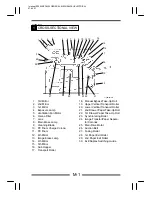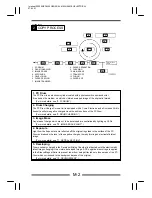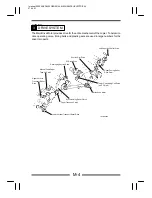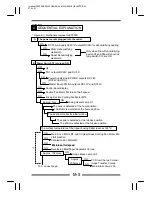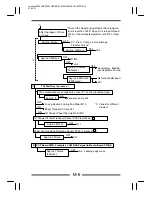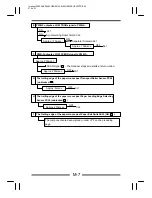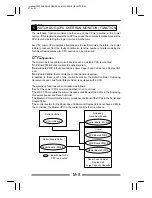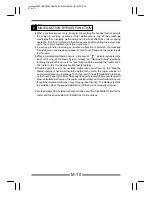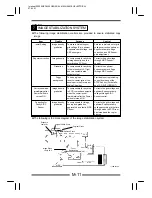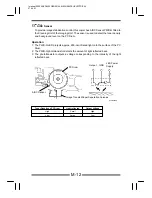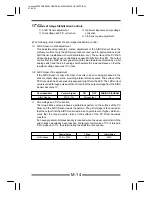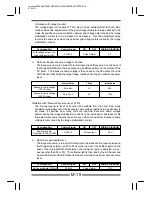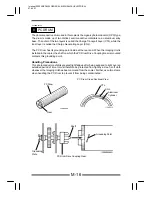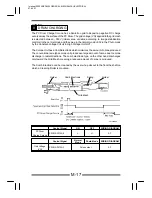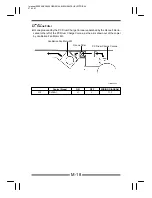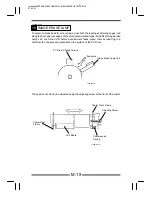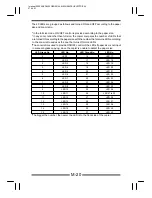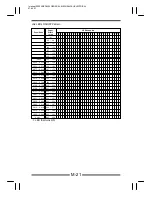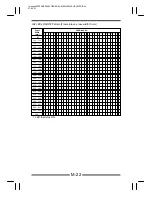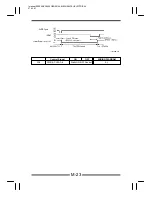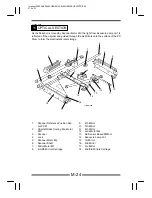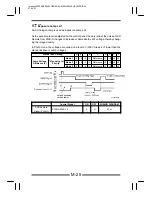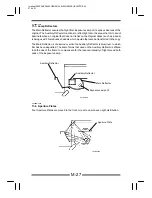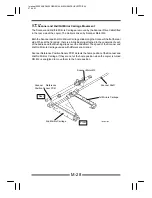
Interleaf EP5000/EP4000 GENERAL, MECHANICAL/ELECTRICAL
97.04.01
M-14
1156SBM0703A
7-3. Details of Image Stabilization Controls
À
AIDC Sensor adjustment
Á
Grid voltage and T/C correction
Â
Optimum Exposure Lamp voltage
correction
Ã
AE Sensor gain adjustment
D
The following is the details of each image stabilization control.
À
-1 AIDC Sensor coarse adjustment
This adjustment represents a coarse adjustment of the AIDC Sensor when the
ordinary control of only the LED current cannot cover part-to-part variations in the
AIDC Sensor (installation, circuit, deterioration, etc.). The surface of the PC Drum
whose charges have been neutralized is exposed to light from the LED. The output
current from the AIDC Sensor goes through the load resistance selected by a 4-bit
analog switch and the 4-bit analog switch selects the load resistance so that the
resultant voltage becomes 1V or less.
À
-2 AIDC Sensor fine adjustment
If the AIDC Sensor is dirty with toner, it results in an error being produced in the
sensor output voltage value, providing a false reference value. The surface of the
PC Drum which has been erased is exposed to light from the LED. The LED current
value is varied through pulse width control so that the output voltage from the AIDC
Sensor becomes 1V.
Controlled Part
Control Signal
ON
OFF
WIRING DIAGRAM
AIDC Sensor
PJ11A-7A
Pulse output
1-I
Á
Grid voltage and T/C correction
The Image Erase Lamp produces a solid-black pattern on the surface of the PC
Drum and the AIDC Sensor reads the pattern. The grid voltage is then varied so
that the output from the AIDC Sensor remains at a given level or higher, which en-
sures that the toner-to-carrier ratio on the surface of the PC Drum becomes
constant.
If an even greater solid-black density is required when the upper control limit of the
grid voltage has already been reached, the target control value of T/C is raised in
0.5% steps up to 7%, thus terminating the adjustment sequence.
Control Value
1 Step
Initial Value
Grid Voltage
550 to 790V
30V
550V


